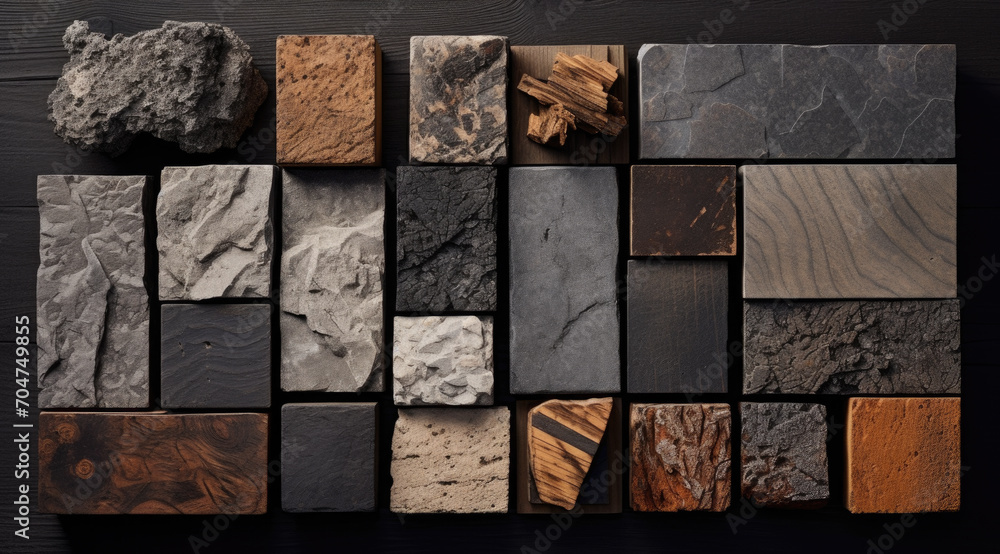Everywhere you look, there are materials holding everything together—walls, windows, chairs, phone cases, signs. But not all materials are equal. Some are strong but too heavy. Some are light but break too easily. Others cost way too much or can’t handle water, heat, or sunlight.
So when people make things—whether it’s a kid building a model rocket or a company designing high-tech gear—they need to think about what materials work best. The perfect one usually needs to be strong, easy to shape, long-lasting, and affordable. Bonus points if it looks cool too.
That’s where materials like perspex come in. They tick a lot of boxes.
Wait, What Even Is Perspex?
Perspex is a type of acrylic plastic. It’s strong, clear, and doesn’t shatter like glass. Think of the protective screens at checkouts, clear signs in stores, or fancy displays in museums. That’s usually perspex. It’s light but tough, easy to clean, and can be cut into almost any shape.
Sometimes people use it when they want the look of glass but without the risk of it breaking. It also doesn’t turn yellow in the sun like cheaper plastics can. That’s why it shows up in everything from art projects to aquariums to airplane windows.
And when you need it in a specific shape or size, it can be ordered just how you want it. If someone’s working on a project and needs custom pieces, perspex is a solid choice.
Why Materials Matter in DIY Projects
Say someone’s building a shelf or making a sign for their room. They could use cardboard, but it might bend or tear. Wood is stronger but harder to cut and paint. Perspex is great because it’s smooth, sturdy, and comes in lots of colors and finishes.
It’s also easy to clean, so it’s great for anything that needs to stay looking nice. Plus, since it can be cut to size, there’s no need to wrestle with saws or sandpaper. That’s a big deal when doing things at home with limited tools.
And it isn’t just about convenience. Choosing the right material can make something last way longer. A cool-looking project is even better when it still looks that way a year later.
How Perspex Is Used in Big, High-Tech Projects
Now zoom out from home projects. Think about planes, hospitals, or even sports stadiums. In all of those places, people use materials that need to handle pressure, weight, weather, and sometimes even people leaning on them.
In airplanes, windows often use acrylic because it’s strong and clear—but safer than glass. Hospitals use it for sneeze guards, machine covers, and display panels, because it’s easy to disinfect. In sports arenas, big signs and protective panels are usually made of perspex too. They look clean, stay solid, and don’t crack easily.
Even in science labs or factories, machines often have covers made from perspex so workers can see inside while staying protected.
What Makes a Building Material “Better”?
It depends on what the job is. But here are a few things that make certain materials stand out:
Durability – Can it last through sun, rain, drops, or hits?
Safety – Will it break into dangerous pieces or stay mostly safe?
Weight – Is it light enough to carry or mount without heavy equipment?
Cost – Is it affordable for small projects and big orders?
Looks – Does it stay clear, clean, and sharp-looking over time?
Perspex checks a lot of those boxes, especially compared to glass. It’s not perfect for every job, but it’s a go-to for tons of designers, builders, and engineers.
What Happens Behind the Scenes
Even though perspex feels pretty simple—just a clear sheet of plastic—it’s made through a pretty high-tech process. Manufacturers melt down acrylic beads and shape them into sheets or other forms. These can be thick or thin, clear or colored, flat or curved.
Then, companies can cut those sheets exactly how someone needs them. Some use lasers to make sharp, precise edges. Others use special saws or routers. This way, no matter what someone is building—tiny displays or massive panels—it’ll be a perfect fit.
That’s super helpful when creating something one-of-a-kind or trying to replace just one piece of a broken part.
Is It the Best Material Ever?
It depends on what’s being built. For something needing to hold up a house, perspex wouldn’t be strong enough. But for signs, displays, covers, or panels—it’s one of the best choices around.
And because it looks so nice and comes in lots of options, people use it to make projects feel more modern or professional. It’s clean, simple, and reliable.
People like it because it’s not fussy. It’s easy to use, and it just works. That’s something both kids and companies can agree on.
Materials Are Everywhere
Every object—big or small—starts with a material. And the better the material, the better the end result.
Wood, metal, glass, plastic—they all have their place. But materials like perspex are a reminder that even something clear and flat can play a big role in making things stronger, safer, and more creative.
Whether it’s for a DIY desk sign or a hospital safety screen, picking the right material makes all the difference. And that choice shapes the world around us more than most people realize.
Key Takeaways
Building materials aren’t just about strength—they’re about balance. A good material needs to be tough, light, safe, and easy to work with. That’s why perspex is so popular. It’s not the flashiest material, but it’s one of the most useful in everyday life.
From school projects to medical tools, knowing what to use—and why—can make a project go from “okay” to amazing. So next time something looks sleek, strong, and see-through, there’s a good chance perspex had something to do with it.
Got a project in mind? Think about what material really fits the job—and don’t be surprised if perspex shows up on that list.

No Responses